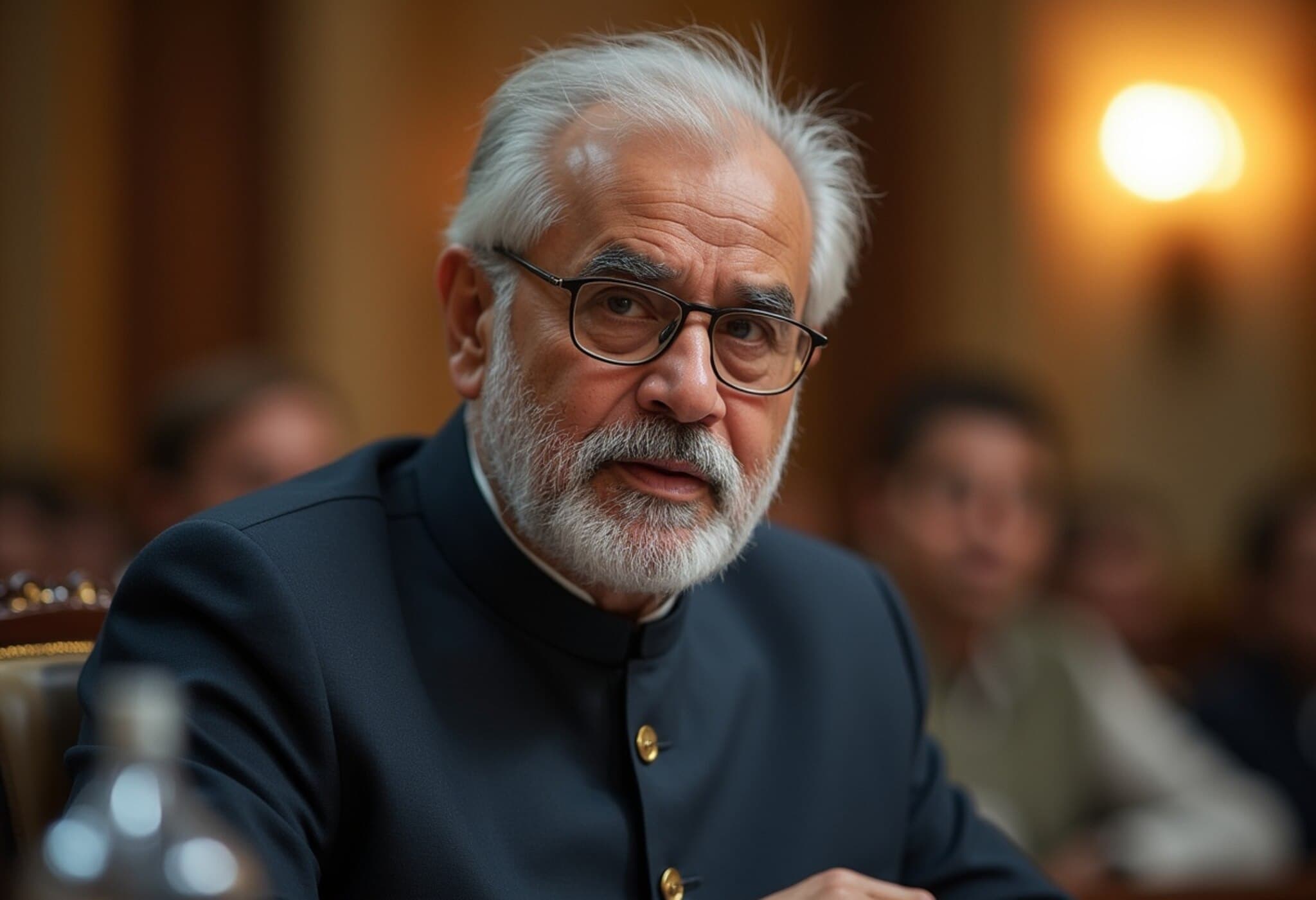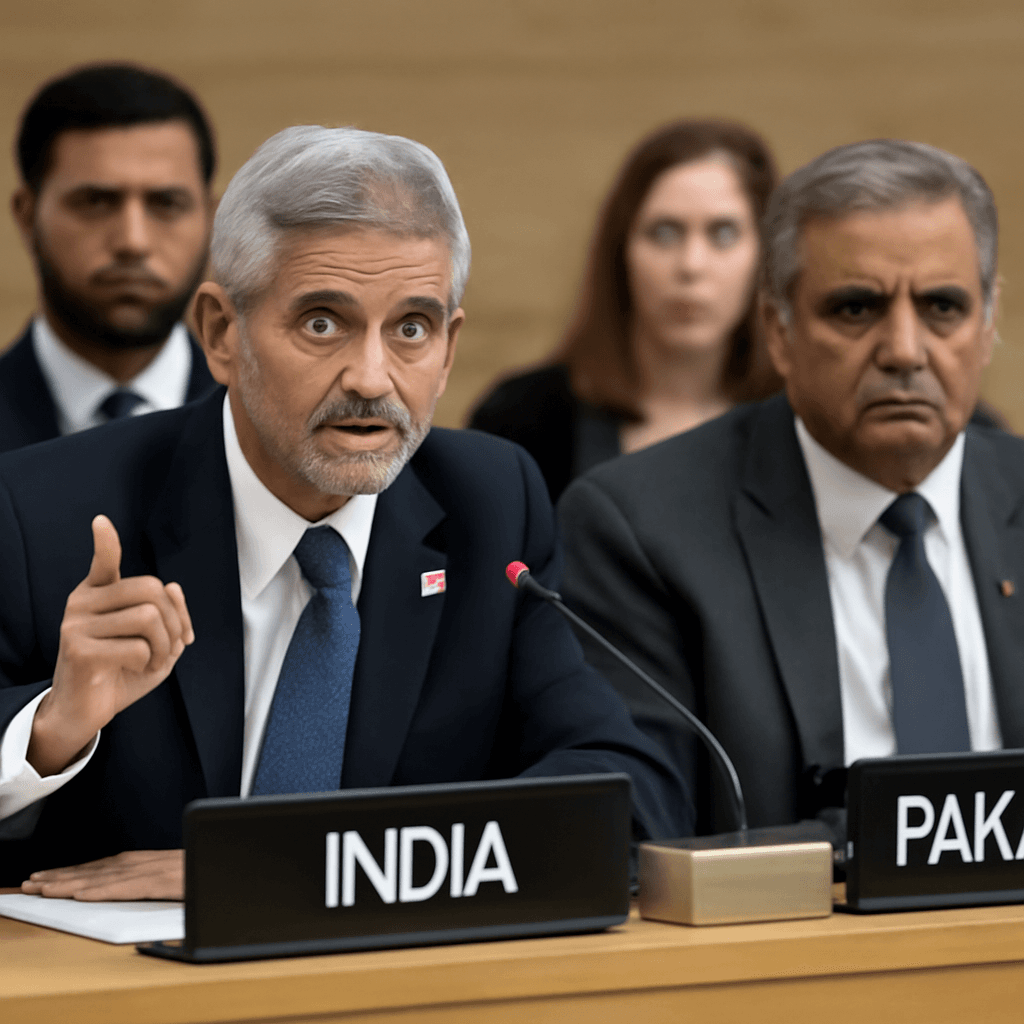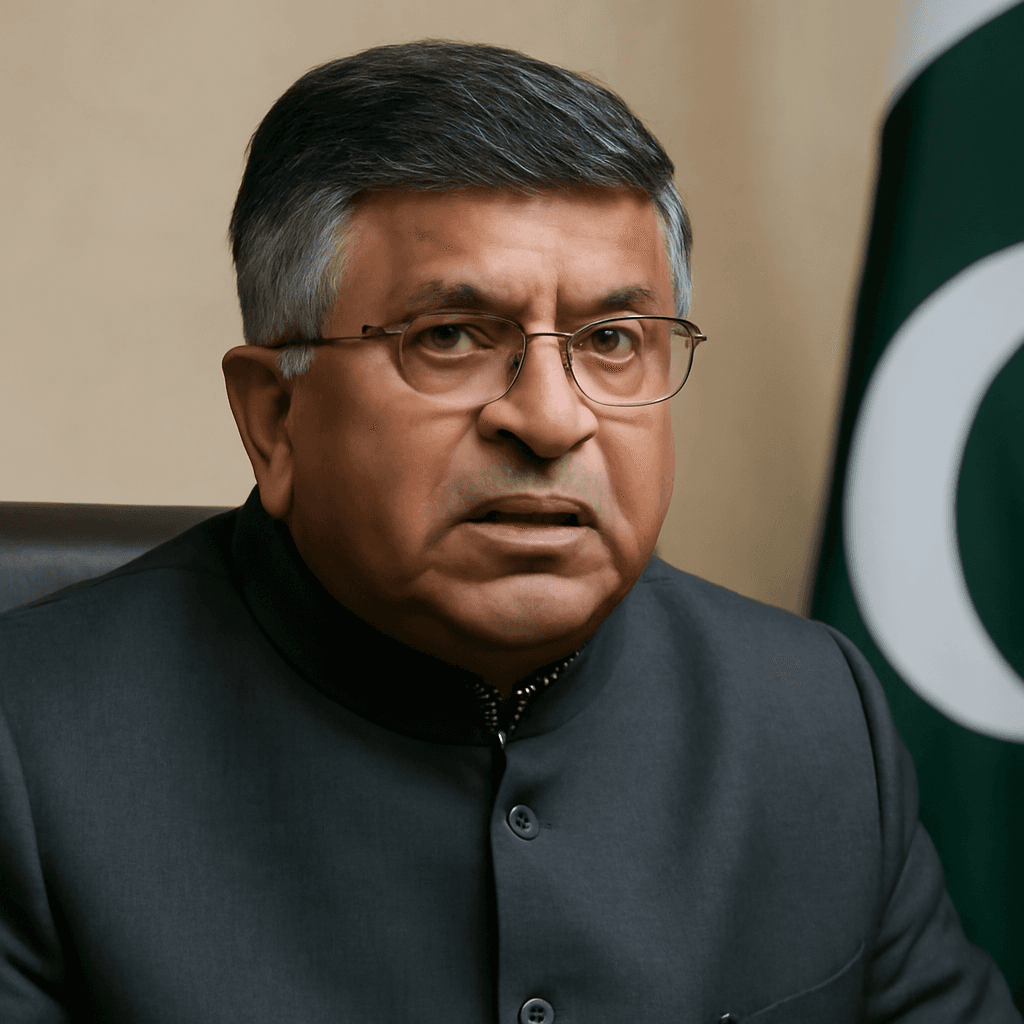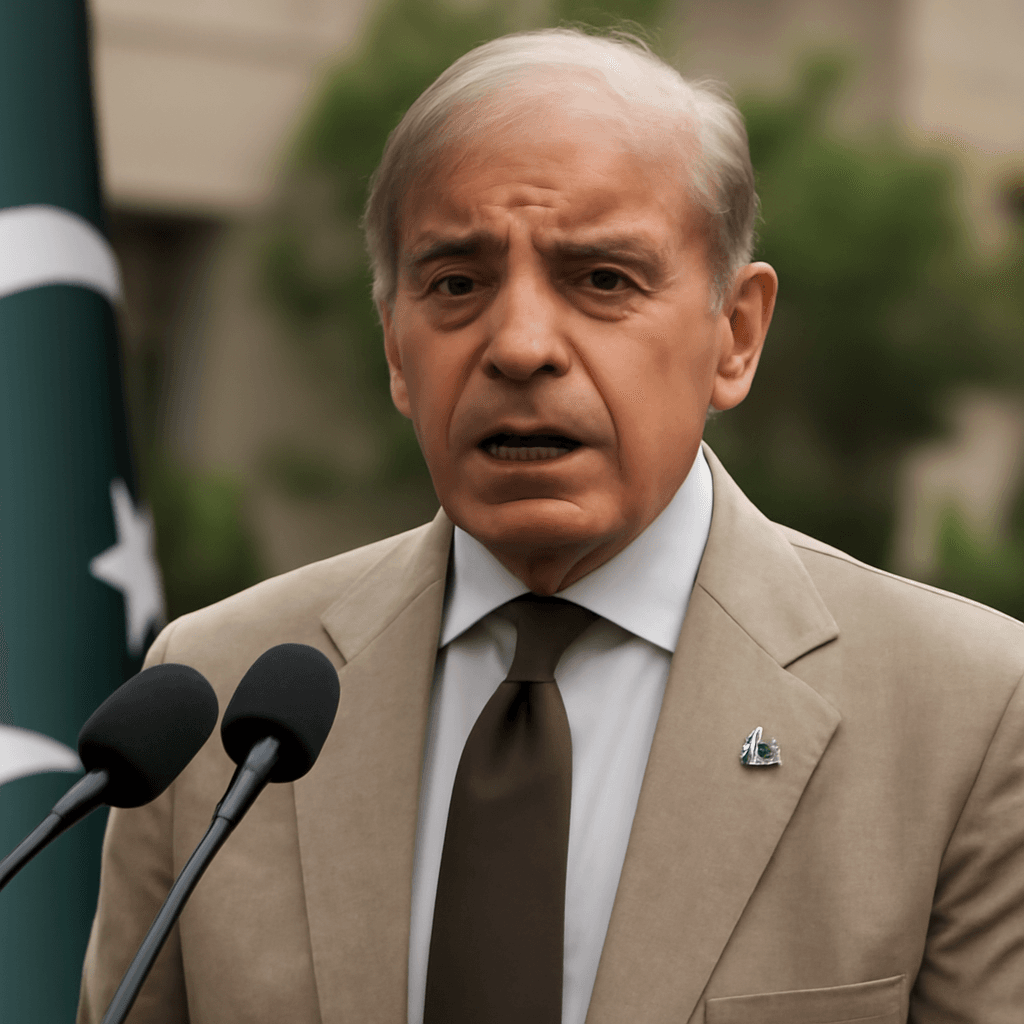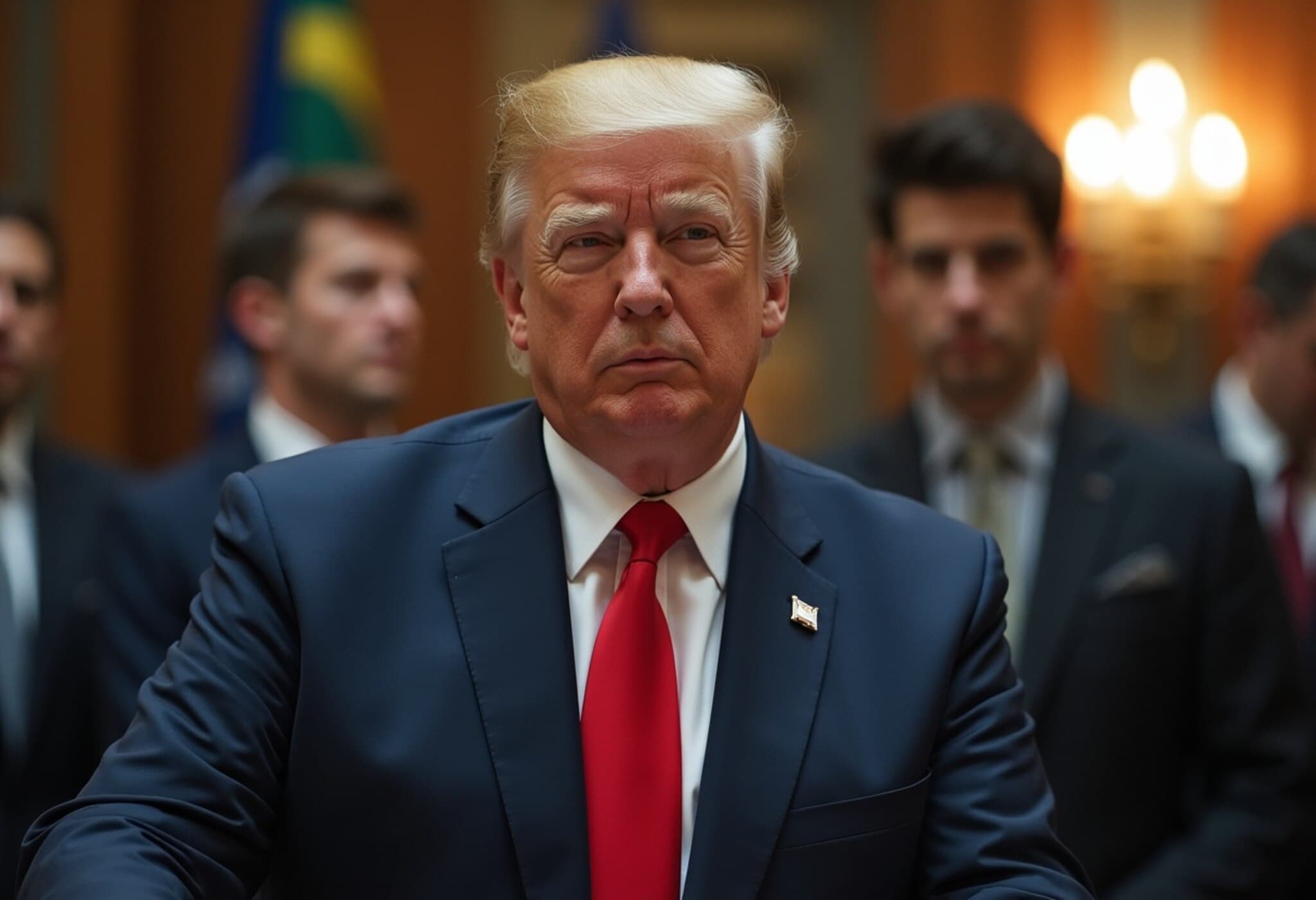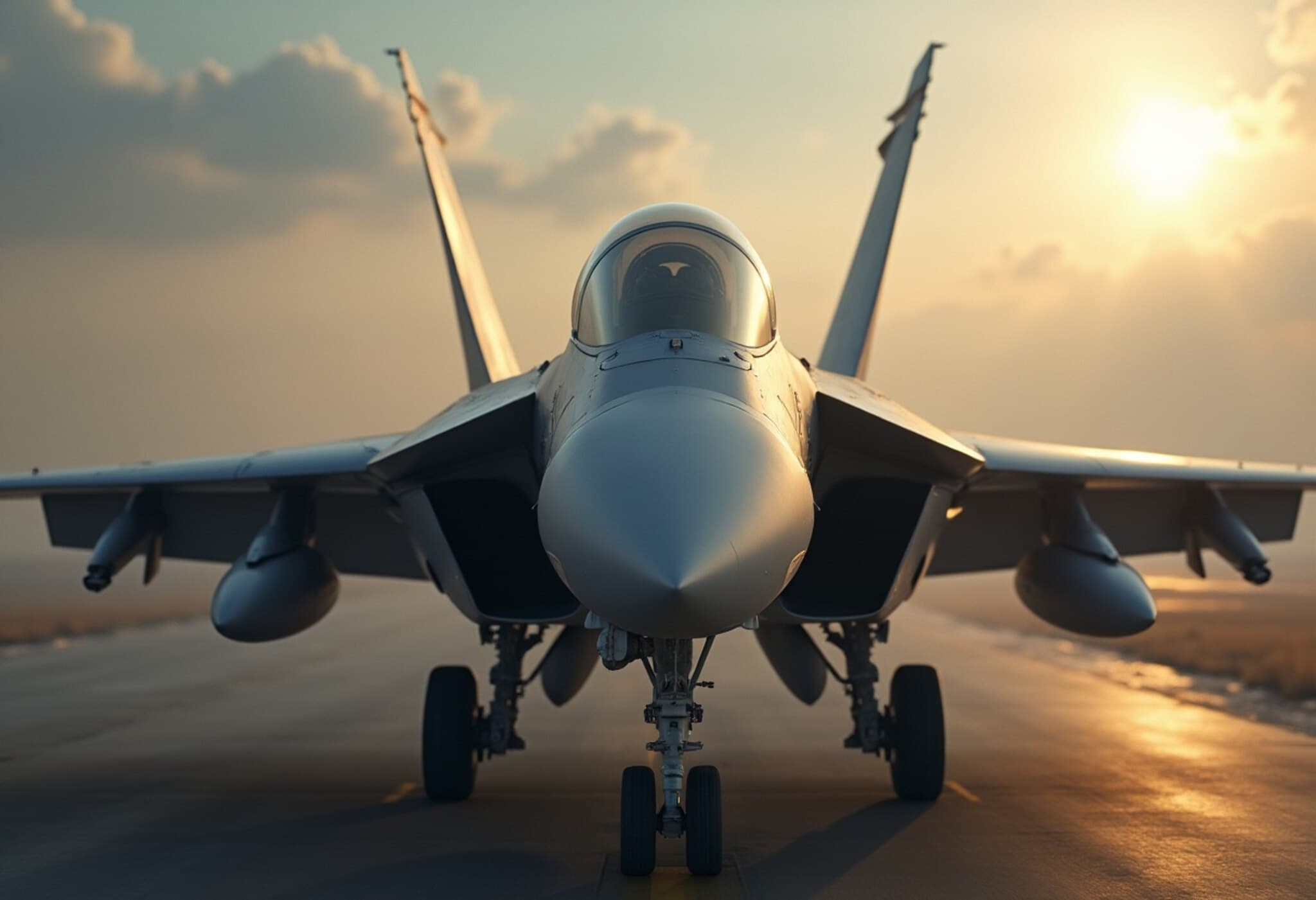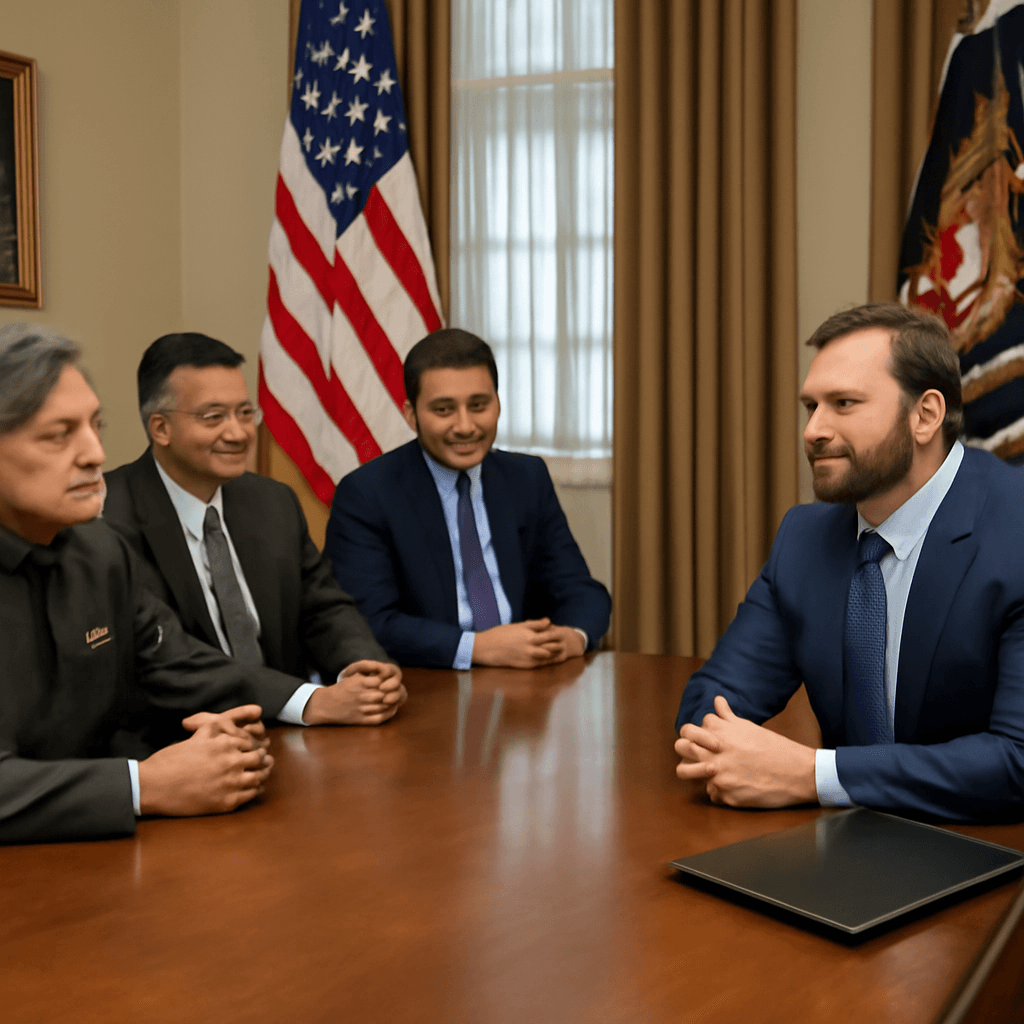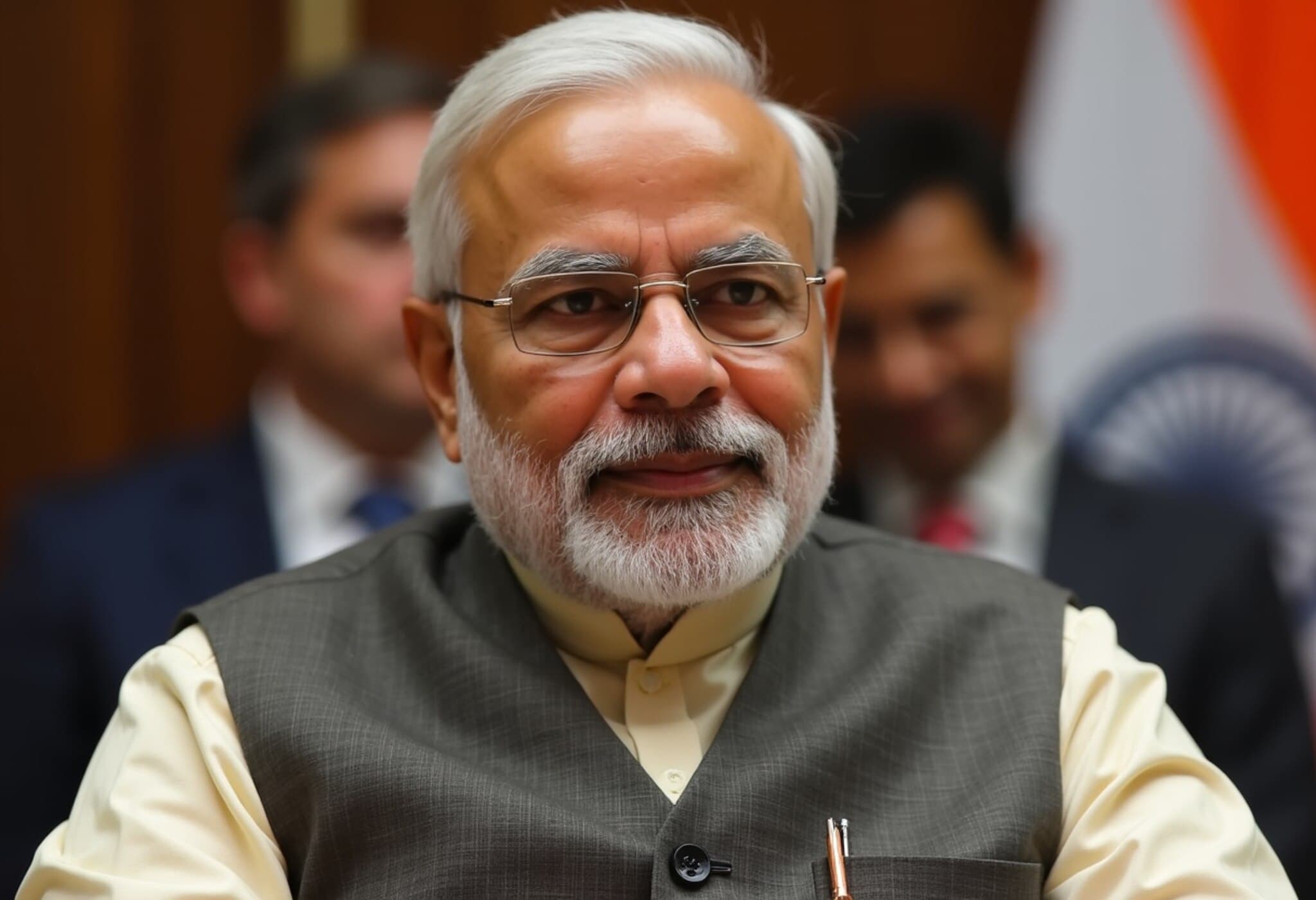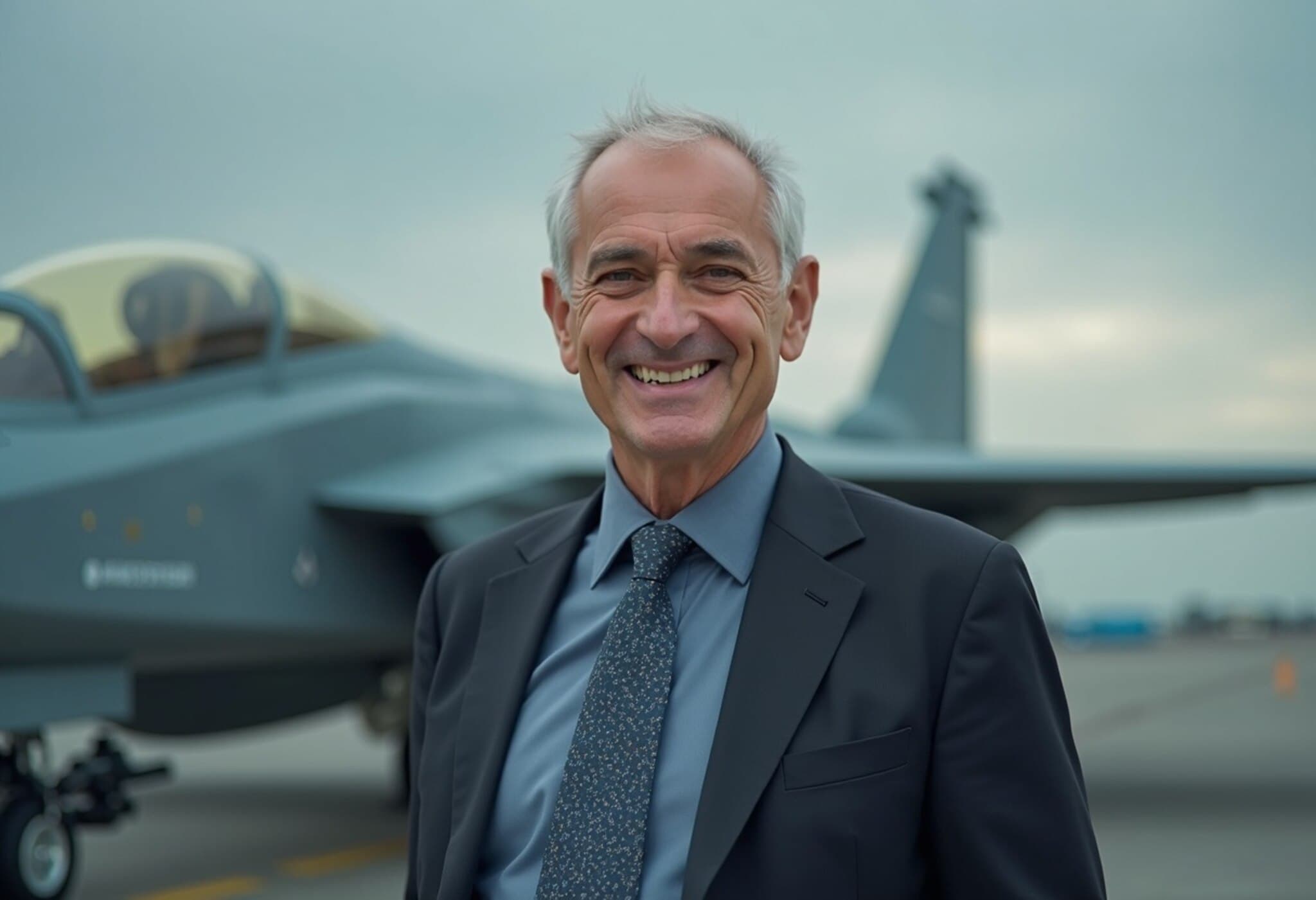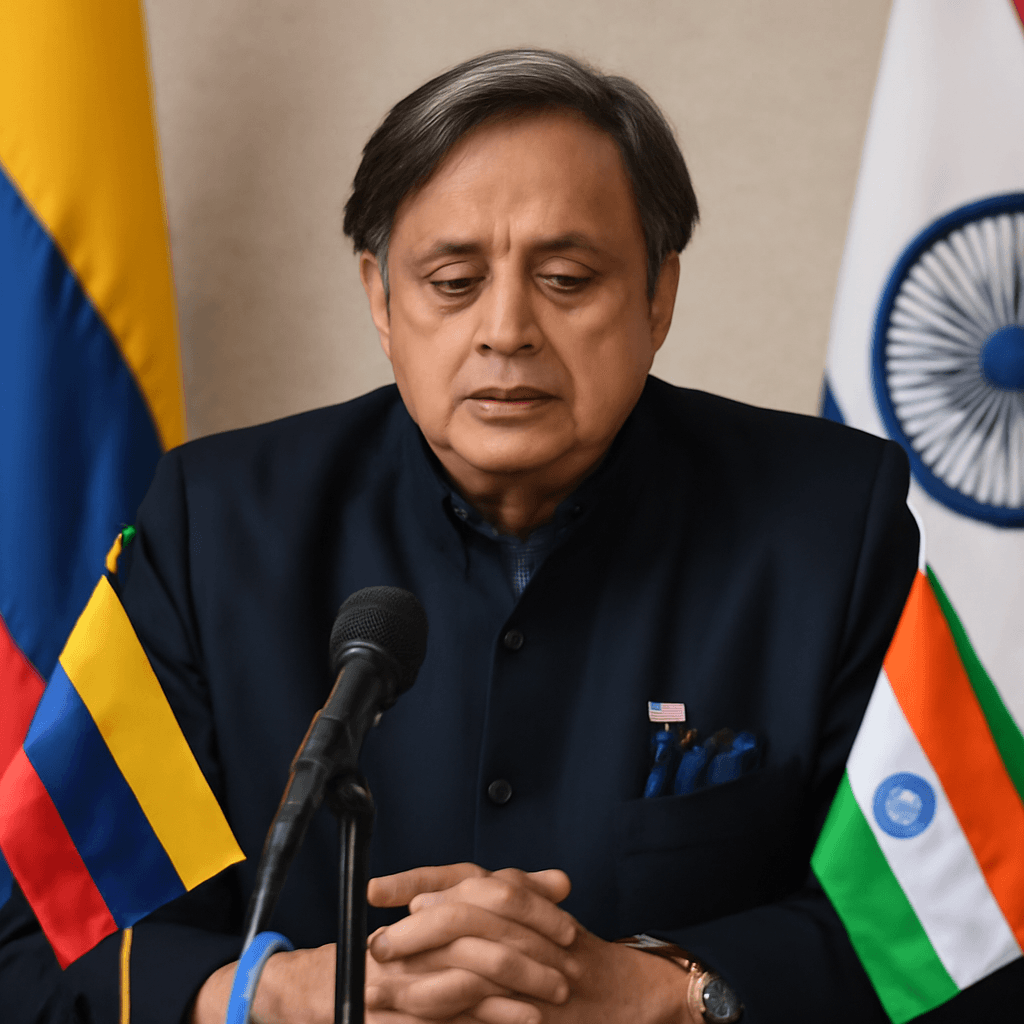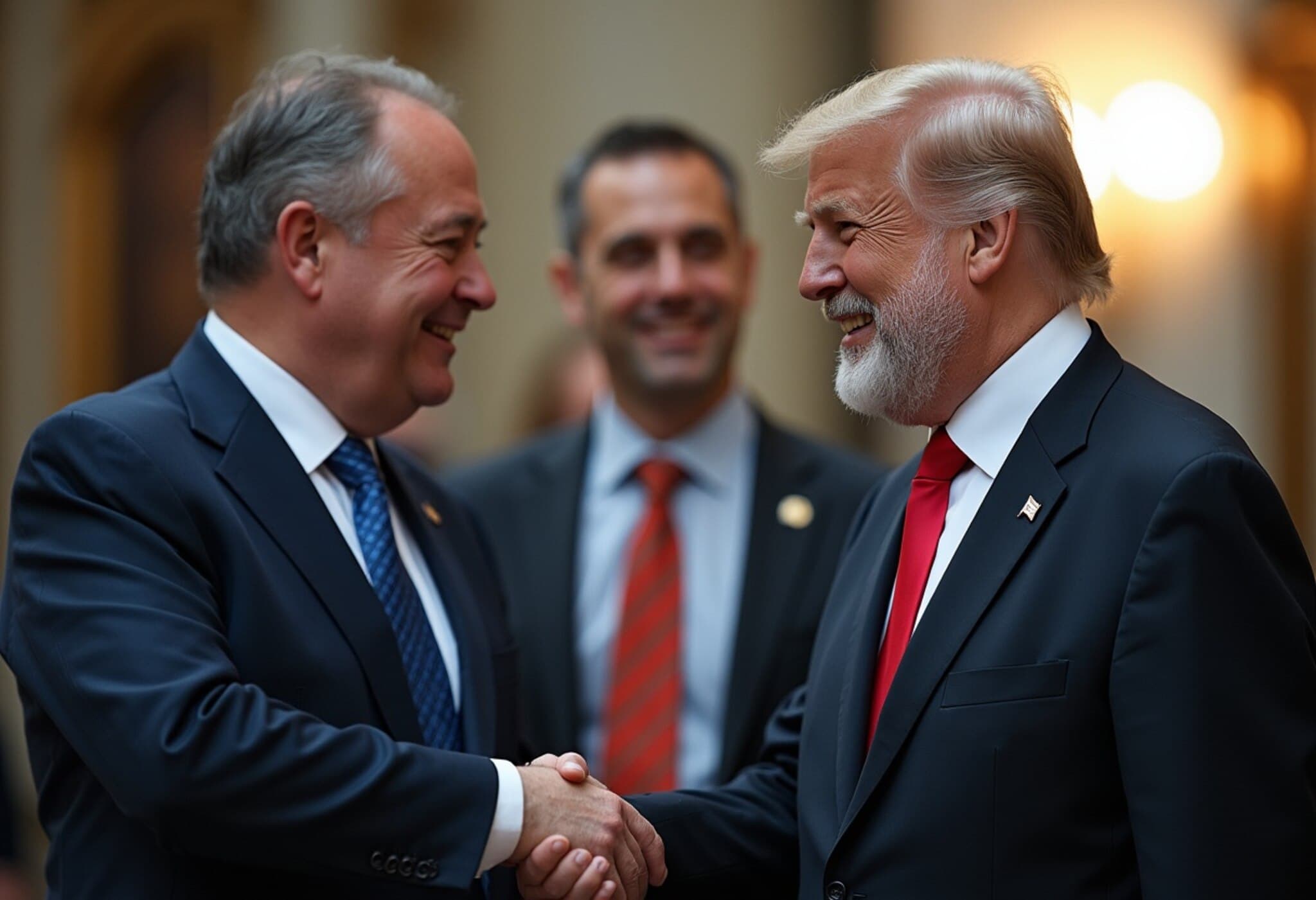Behind the Scenes: Pakistan's Diplomatic Outreach to Saudi Arabia
In the tense days following India's airstrikes under Operation Sindoor, Pakistan's Deputy Prime Minister Ishaq Dar revealed that Islamabad turned not only to the United States but also reached out to Saudi Arabia in hopes of de-escalating the growing conflict.
Dar disclosed that Saudi Prince Faisal bin Salman personally contacted him to ask if he had the authorization to convey Pakistan’s readiness to halt hostilities directly to India's Foreign Minister S. Jaishankar. This significant diplomatic move highlighted Riyadh’s active role behind the scenes in efforts to cool tensions between the two nuclear-armed neighbors.
India’s Precision Strikes and Pakistan’s Response
Contradicting earlier official Pakistani narratives touting battlefield success, Ishaq Dar acknowledged that India executed precise strikes targeting key military bases such as the Nur Khan and Shorkot airbases. These strikes reportedly occurred just as Pakistan was preparing its own retaliatory measures.
Such admissions paint a picture of Pakistan caught off guard by India's swift and strategically planned actions, undercutting prior declarations from Pakistani leadership about delivering a decisive counterattack during the crisis.
Military Leadership Reacts to the New Reality
Pakistan’s Army Chief, General Asim Munir, has characterized India’s cross-border operations as an attempt to establish a "new normal"—a risky precedent of striking terror-linked facilities within Pakistan and Pakistan-occupied Kashmir with precision missile and drone attacks.
General Munir’s comments came during a recent address to overseas Pakistanis in Washington, signaling a recalibration of Pakistan’s defense posture amid these evolving challenges.
Prime Minister Shehbaz Sharif’s Own Admissions
Prime Minister Shehbaz Sharif publicly admitted that India’s BrahMos missile strikes targeted multiple strategic points, including the Rawalpindi airport. He acknowledged that the planned Pakistani counterattack scheduled for early hours on May 10 was thwarted by India’s preemptive offensive the night before.
This candid acknowledgment marked a dramatic shift in Islamabad’s messaging, moving from initial boasts of success toward a more defensive narrative focused on damage control.
Sequence of Conflict and Diplomatic Resolution
Operation Sindoor took place early on May 7, with India targeting terror infrastructure as retaliation for the April 22 attack in Pahalgam that claimed 26 lives. Following this, Pakistan launched strikes on Indian military bases between May 8 and May 10.
The conflict intensified with fierce exchanges of drone and missile strikes on both sides before reaching a mutual understanding to end hostilities on May 10.
Conclusion
The disclosures from Pakistani leadership reveal a more nuanced truth behind the confrontations, underscoring the critical role of Saudi Arabia’s behind-the-scenes diplomacy in cooling down a dangerous regional flare-up. With evolving military tactics and bold diplomatic outreach, the situation marks a pivotal moment in India-Pakistan relations.

